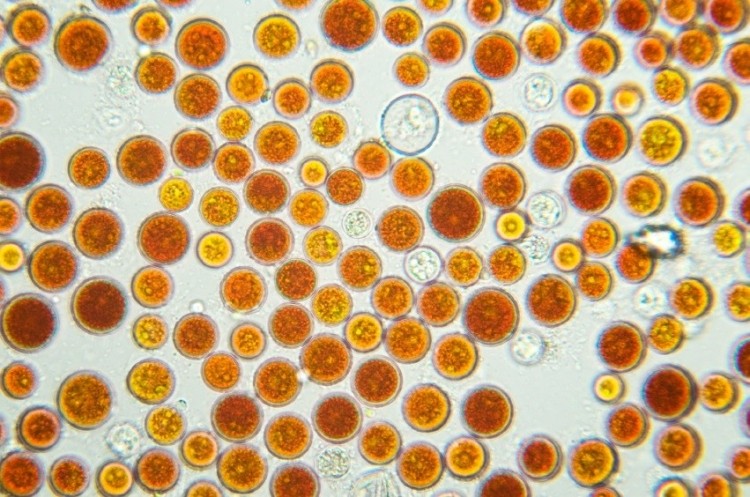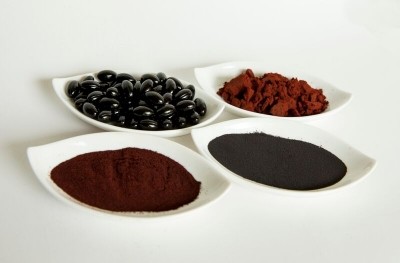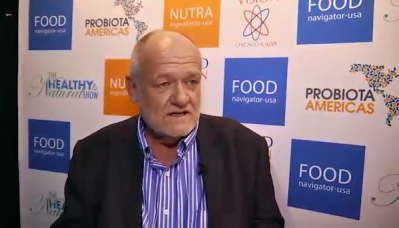NAXA adds finished products to natural astaxanthin testing scheme

“NAXA provides something no one else in the marketplace does,” Scott Steinford, president of NAXA told NutraIngredients-USA. “That is testing to verify that the astaxanthin you are getting is really from algae.”
Astaxanthin, a carotenoid that packs a powerful antioxidant punch, can be found in the tissues of a number of different marine animals but its base source is the marine algal species Haematococcus pluvialis. This organism forms cysts with large amount of the protective red pigment within the cell walls at certain point in its life cycle. Commercial growers of the algal species raise it in either closed tubes or in open ponds, and stress the algae at a given point in its lifecycle to trigger the formation of the carotenoid.
Synthetic form
Astaxanthin can also be synthesized with petroleum as a feedstock. Synthetic astaxanthin, which is significantly cheaper than the algal variety, has been on market for years as a feed additive to lend the healthy red color to the flesh of farmed salmon and other fish. While the chemical formula of the natural and synthesized forms is the same, the sterioisomer makeup of the molecules is not, and that is a crucial difference according the members of NAXA. All of the clinical data on the molecule pertains to the natural forms, and NAXA maintains that there is no clinical trial evidence to support the health benefits of the synthetic form.
Steinford said there is little evidence that synthetic forms have made significant inroads into the market. DSM introduced its synthetic AstaZana ingredient in 2013 and and announced self-affirmed GRAS status on the substance in October of last year. There are also reports of synthetic forms being produced in China and India. So even though these forms have to date not taken a big market share, Steinford said the threat is there, and at the low cost end of the market not a lot of testing is being done to differentiate the forms.
“We have a process now to include retail products,” Steinford said. “It is an important test that for the most part is not being done by the brand holders.”
Expanding market trust
Steinford said the test will help bring more trust to the astaxanthin market. It will also help in the process of getting the word out about the importance of the different forms. The market awareness of the ingredient, even among formulators, still has a way to go, he said.
“I didn’t know the difference when I was the brand holder (Steinford was previously CEO of the Doctor’s Best supplement brand). I think in the intervening years we have done a really good job of educating the brand holders to the importance of natural vs. synthetic.”
The verification program was instituted last year for members of the organization, which up to now has consisted exclusively of suppliers. NAXA tests each manufacturer’s product at independent labs using the most advanced methods, including the United States Pharmacopeia standard. This analysis is intended to confirm that all the tested samples have the same fingerprint indicating the source of the astaxanthin used is from Haematococcus pluvialis algae. NAXA also verifies the assay content of the manufacturer’s sample in comparison to the statements included on the Certificate of Analysis. In addition to passing these tests, prospective members must also pass manufacturing facility inspection and confirmation of all certificates and validations result in the ability to join the Association as an Executive Member and use the NAXA Verification Program Seal on the products’ Certificate of Analysis.
The new retail program involves testing products available to consumers to verify they contain natural algae astaxanthin derived from Haematococcus pluvialis algae. NAXA uses independent labs utilizing HPLC equipment to identify and confirm the source of the astaxanthin used and the assay in comparison to the label claim on the dietary supplement facts panel listed on the product. Verified products are reported to members who can then vote to offer the NAXA Verification Program Seal. Products that are not verified will be reported to the product manufacturer for correction.
“This new program will be important if a company is interested in making sure they are getting natural astaxanthin. These shows not only that the product is tested, but that I have physically gone and verified the facility where the algae was grown. The tests are verified by lot number,” Steinford said.
















